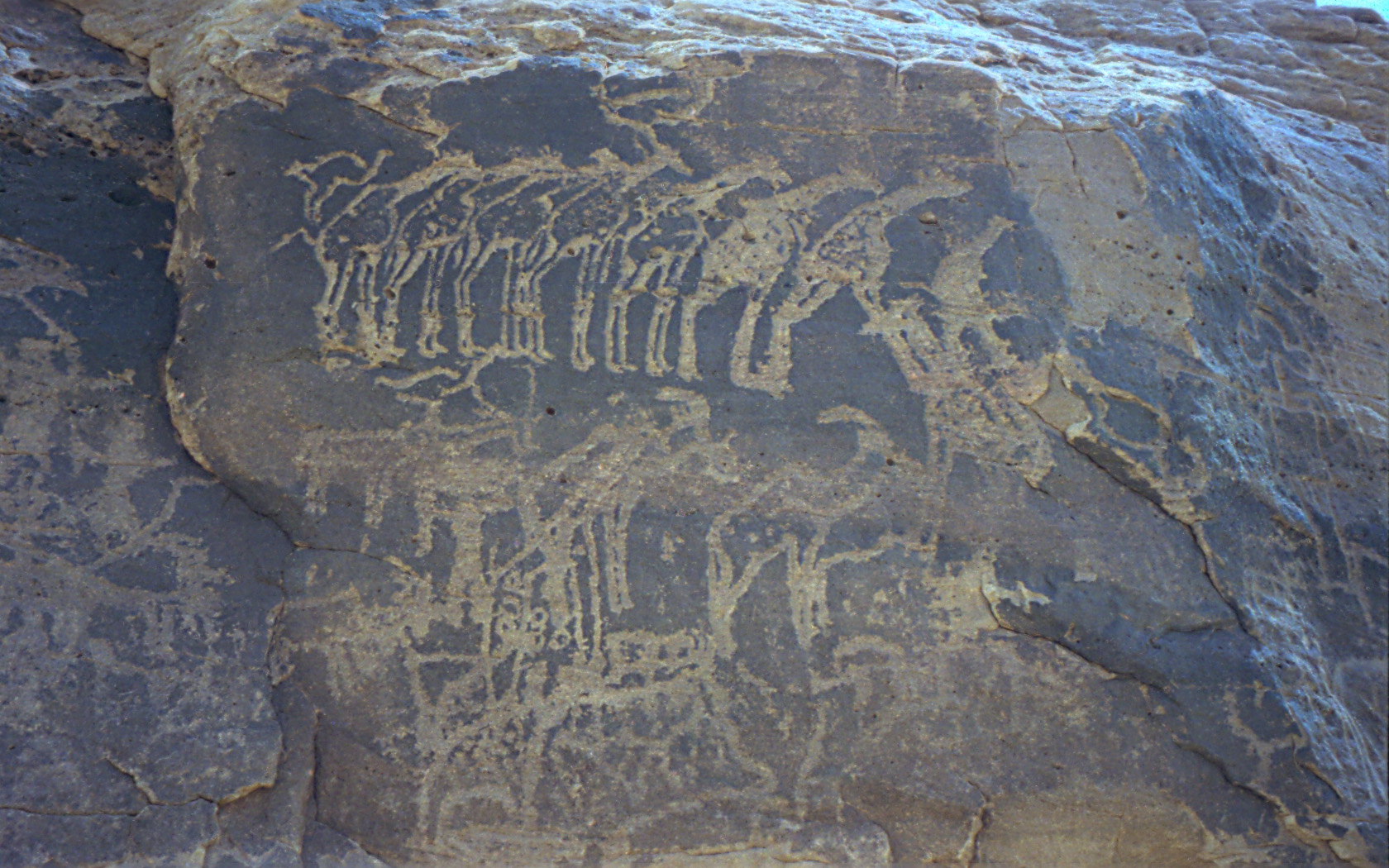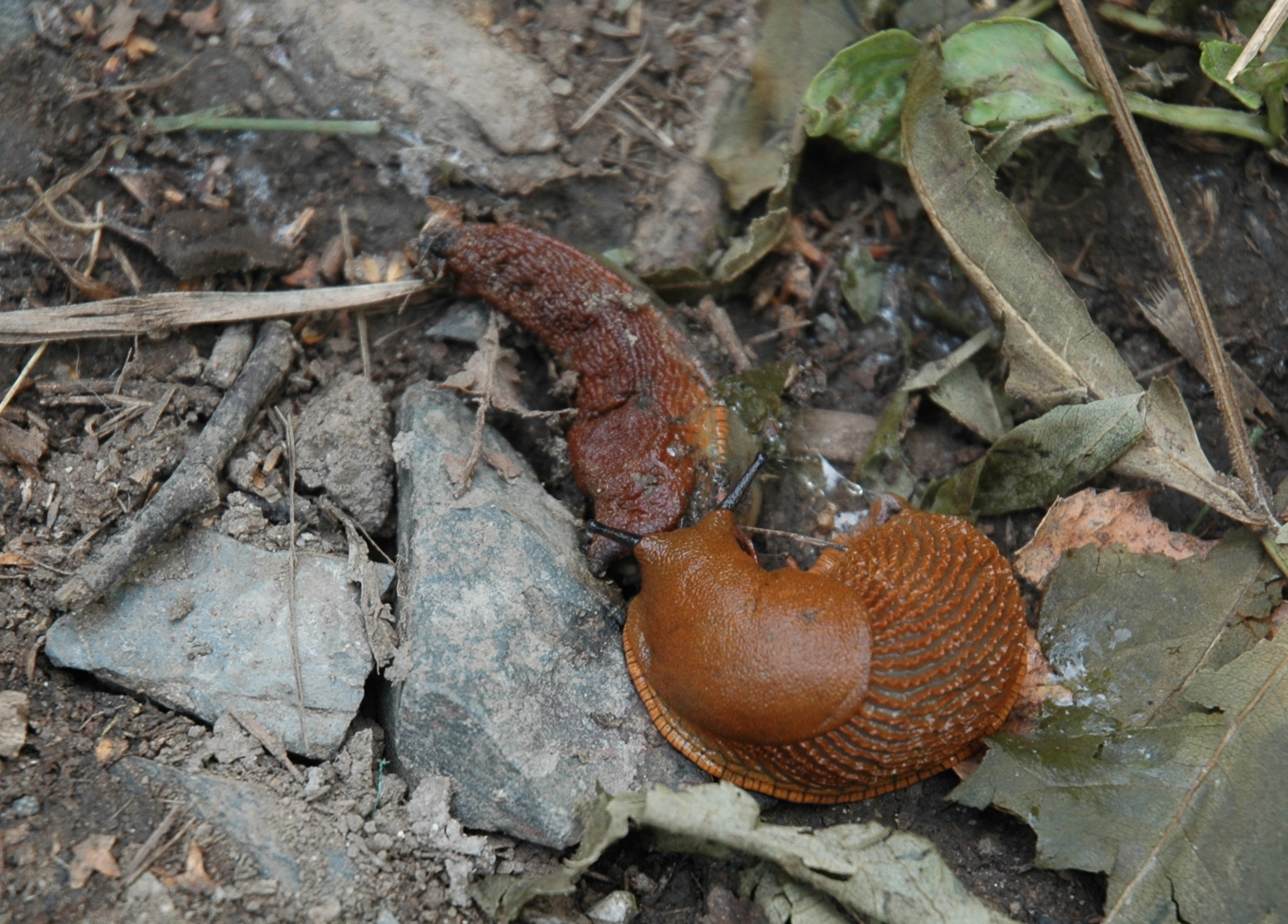|
Necrophoresis
Necrophoresis is a sanitation behavior found in social insects – such as ants, bees, wasps, and termites – in which they carry away the dead bodies of members of their colony from the nest or hive area. The term was introduced in 1958 by E. O. Wilson, E.O. Wilson and his colleagues. The behaviour was however known from before with Pliny the Elder, Pliny making the claim that ants were the only animals other than humans to bury their dead. Description While the strict definition of necrophoresis deals with the removal of dead nestmates only, others have extended it to the removal of corpses that include non-nestmates and even alien species. The adaptive value of the behavior is that it acts as a sanitary measure to prevent disease or infection from spreading throughout the colony. Review Castes and specialization Although any member of a colony can carry the bodies, it is usually done by designated 'undertakers'. Ant undertakers have a slightly altered development cycle, ... [...More Info...] [...Related Items...] OR: [Wikipedia] [Google] [Baidu] |
Ants
Ants are eusocial insects of the family Formicidae and, along with the related wasps and bees, belong to the order Hymenoptera. Ants evolved from vespoid wasp ancestors in the Cretaceous period. More than 13,800 of an estimated total of 22,000 species have been classified. They are easily identified by their geniculate (elbowed) antennae and the distinctive node-like structure that forms their slender waists. Ants form colonies that range in size from a few dozen individuals often living in small natural cavities to highly organised colonies that may occupy large territories with sizeable nest that consist of millions of individuals or into the hundreds of millions in super colonies. Typical colonies consist of various castes of sterile, wingless females, most of which are workers (ergates), as well as soldiers (dinergates) and other specialised groups. Nearly all ant colonies also have some fertile males called "drones" and one or more fertile females called "queens ... [...More Info...] [...Related Items...] OR: [Wikipedia] [Google] [Baidu] |
Termites
Termites are a group of detritophagous eusocial cockroaches which consume a variety of decaying plant material, generally in the form of wood, leaf litter, and soil humus. They are distinguished by their moniliform antennae and the soft-bodied, unpigmented worker caste for which they have been commonly termed "white ants"; however, they are not ants but highly derived cockroaches. About 2,997 extant species are currently described, 2,125 of which are members of the family Termitidae. Termites comprise the infraorder Isoptera, or alternatively the epifamily Termitoidae, within the order Blattodea (the cockroaches). Termites were once classified in a separate order from cockroaches, but recent phylogenetic studies indicate that they evolved from cockroaches, as they are deeply nested within the group, and the sister group to wood-eating cockroaches of the genus '' Cryptocercus''. Previous estimates suggested the divergence took place during the Jurassic or Triassic ... [...More Info...] [...Related Items...] OR: [Wikipedia] [Google] [Baidu] |
Social Insects
Eusociality (Greek 'good' and social) is the highest level of organization of sociality. It is defined by the following characteristics: cooperative brood care (including care of offspring from other individuals), overlapping generations within a colony of adults, and a division of labor into reproductive and non-reproductive groups. The division of labor creates specialized behavioral groups within an animal society, sometimes called castes. Eusociality is distinguished from all other social systems because individuals of at least one caste usually lose the ability to perform behaviors characteristic of individuals in another caste. Eusocial colonies can be viewed as superorganisms. Eusociality has evolved among the insects, crustaceans, trematoda and mammals. It is most widespread in the Hymenoptera (ants, bees, and wasps) and in Isoptera (termites). A colony has caste differences: queens and reproductive males take the roles of the sole reproducers, while soldiers and work ... [...More Info...] [...Related Items...] OR: [Wikipedia] [Google] [Baidu] |
Bees
Bees are winged insects closely related to wasps and ants, known for their roles in pollination and, in the case of the best-known bee species, the western honey bee, for producing honey. Bees are a monophyletic lineage within the superfamily Apoidea. They are currently considered a clade, called Anthophila. There are over 20,000 known species of bees in seven recognized biological families. Some speciesincluding honey bees, bumblebees, and stingless beeslive socially in colonies while most species (>90%)including mason bees, carpenter bees, leafcutter bees, and sweat beesare solitary. Bees are found on every continent except Antarctica, in every habitat on the planet that contains insect-pollinated flowering plants. The most common bees in the Northern Hemisphere are the Halictidae, or sweat bees, but they are small and often mistaken for wasps or flies. Bees range in size from tiny stingless bee species, whose workers are less than long, to the leafcutter bee '' Megach ... [...More Info...] [...Related Items...] OR: [Wikipedia] [Google] [Baidu] |
Wasps
A wasp is any insect of the narrow-waisted suborder Apocrita of the order Hymenoptera which is neither a bee nor an ant; this excludes the broad-waisted sawflies (Symphyta), which look somewhat like wasps, but are in a separate suborder. The wasps do not constitute a clade, a complete natural group with a single ancestor, as bees and ants are deeply nested within the wasps, having evolved from wasp ancestors. Wasps that are members of the clade Aculeata can Stinger, sting their prey. The most commonly known wasps, such as yellowjackets and hornets, are in the family Vespidae and are Eusociality, eusocial, living together in a nest with an egg-laying queen and non-reproducing workers. Eusociality is favoured by the unusual haplodiploid system of sex-determination system, sex determination in Hymenoptera, as it makes sisters exceptionally closely related to each other. However, the majority of wasp species are solitary, with each adult female living and breeding independently ... [...More Info...] [...Related Items...] OR: [Wikipedia] [Google] [Baidu] |
Pliny The Elder
Gaius Plinius Secundus (AD 23/24 79), known in English as Pliny the Elder ( ), was a Roman Empire, Roman author, Natural history, naturalist, and naval and army commander of the early Roman Empire, and a friend of the Roman emperor, emperor Vespasian. He wrote the encyclopedic (''Natural History''), a comprehensive thirty-seven-volume work covering a vast array of topics on human knowledge and the natural world, which became an editorial model for encyclopedias. He spent most of his spare time studying, writing, and investigating natural and geographic phenomena in the field. Among Pliny's greatest works was the twenty-volume ''Bella Germaniae'' ("The History of the German Wars"), which is Lost literary work, no longer extant. ''Bella Germaniae'', which began where Aufidius Bassus' ''Libri Belli Germanici'' ("The War with the Germans") left off, was used as a source by other prominent Roman historians, including Plutarch, Tacitus, and Suetonius. Tacitus may have used ''Bella Ger ... [...More Info...] [...Related Items...] OR: [Wikipedia] [Google] [Baidu] |
Lasius Niger
Niger, officially the Republic of the Niger, is a landlocked country in West Africa. It is a unitary state bordered by Libya to the north-east, Chad to the east, Nigeria to the south, Benin and Burkina Faso to the south-west, Mali to the west, and Algeria to the north-west. It covers a land area of almost , making it the largest landlocked country in West Africa and the second-largest landlocked nation in Africa behind Chad. Over 80% of its land area lies in the Sahara. Its predominantly Muslim population of about million lives mostly in clusters in the south and west of the country. The capital Niamey is located in Niger's south-west corner along the namesake Niger River. Following the spread of Islam to the region, Niger was on the fringes of some states, including the Kanem–Bornu Empire and the Mali Empire before more significant parts of its territory became included in states such as the Sultanate of Agadez and the Songhai Empire. It was colonized by France during t ... [...More Info...] [...Related Items...] OR: [Wikipedia] [Google] [Baidu] |
Fire Ants
Fire ants are several species of ants in the genus ''Solenopsis'', which includes over 200 species. ''Solenopsis'' are stinging ants, and most of their common names reflect this, for example, ginger ants and tropical fire ants. Many of the names shared by this genus are often used interchangeably to refer to other species of ant, such as the term red ant, mostly because of their similar coloration despite not being in the genus ''Solenopsis''. Both '' Myrmica rubra'' and '' Pogonomyrmex barbatus'' are common examples of non-Solenopsis ants being termed red ants. None of these common names apply to all species of ''Solenopsis'' nor exclusively to species of ''Solenopsis''; for example, several species of weaver ants of the genus '' Oecophylla'' in Southeast Asia are colloquially called "fire ants" because of their similar coloration and painful bites, but the two genera are not closely related. '' Wasmannia auropunctata'' is another unrelated ant more commonly called the "littl ... [...More Info...] [...Related Items...] OR: [Wikipedia] [Google] [Baidu] |
Pathogens
In biology, a pathogen (, "suffering", "passion" and , "producer of"), in the oldest and broadest sense, is any organism or agent that can produce disease. A pathogen may also be referred to as an infectious agent, or simply a germ. The term ''pathogen'' came into use in the 1880s. Typically, the term ''pathogen'' is used to describe an ''infectious'' microorganism or agent, such as a virus, bacterium, protozoan, prion, viroid, or fungus. Small animals, such as helminths and insects, can also cause or transmit disease. However, these animals are usually referred to as parasites rather than pathogens. The scientific study of microscopic organisms, including microscopic pathogenic organisms, is called microbiology, while parasitology refers to the scientific study of parasites and the organisms that host them. There are several pathways through which pathogens can invade a host. The principal pathways have different episodic time frames, but soil has the longest or most pers ... [...More Info...] [...Related Items...] OR: [Wikipedia] [Google] [Baidu] |
Cannibalism
Cannibalism is the act of consuming another individual of the same species as food. Cannibalism is a common ecological interaction in the animal kingdom and has been recorded in more than 1,500 species. Human cannibalism is also well documented, both in ancient and in recent times. The rate of cannibalism increases in nutritionally poor environments as individuals turn to members of their own species as an additional food source.Elgar, M.A. & Crespi, B.J. (1992) ''Cannibalism: ecology and evolution among diverse taxa'', Oxford University Press, Oxford ngland New York. Cannibalism regulates population numbers, whereby resources such as food, shelter and territory become more readily available with the decrease of potential competition. Although it may benefit the individual, it has been shown that the presence of cannibalism decreases the expected survival rate of the whole population and increases the risk of consuming a relative. Other negative effects may include the increa ... [...More Info...] [...Related Items...] OR: [Wikipedia] [Google] [Baidu] |
International Union For The Study Of Social Insects
The International Union for the Study of Social Insects has at its purpose to promote and encourage the study of social insects and other social organisms in the broadest sense. Both research and the dissemination of knowledge about social insects and other social organisms through publications, educational programs, and activities are encouraged. The Union further pursues these objectives via the organization of Congresses and Symposia, publication of the journal Insectes Sociaux, and recognition of distinguished service with awards. National and regional sections play a key role in the IUSSI, with the sections organizing meetings, symposia, and newsletters. The Union was founded in 1951 as a result of discussions at the International Entomological Congress in Amsterdam. Key figures in the establishment of the IUSSI were Pierre-Paul Grassé (France), T. C. Schneirla (U.S.A.), Carlo Jucci (Italy), K. Gösswald (Germany), D. R. Gonçalves (Brazil), anTohru Uchida(Japan). Grassé ... [...More Info...] [...Related Items...] OR: [Wikipedia] [Google] [Baidu] |








